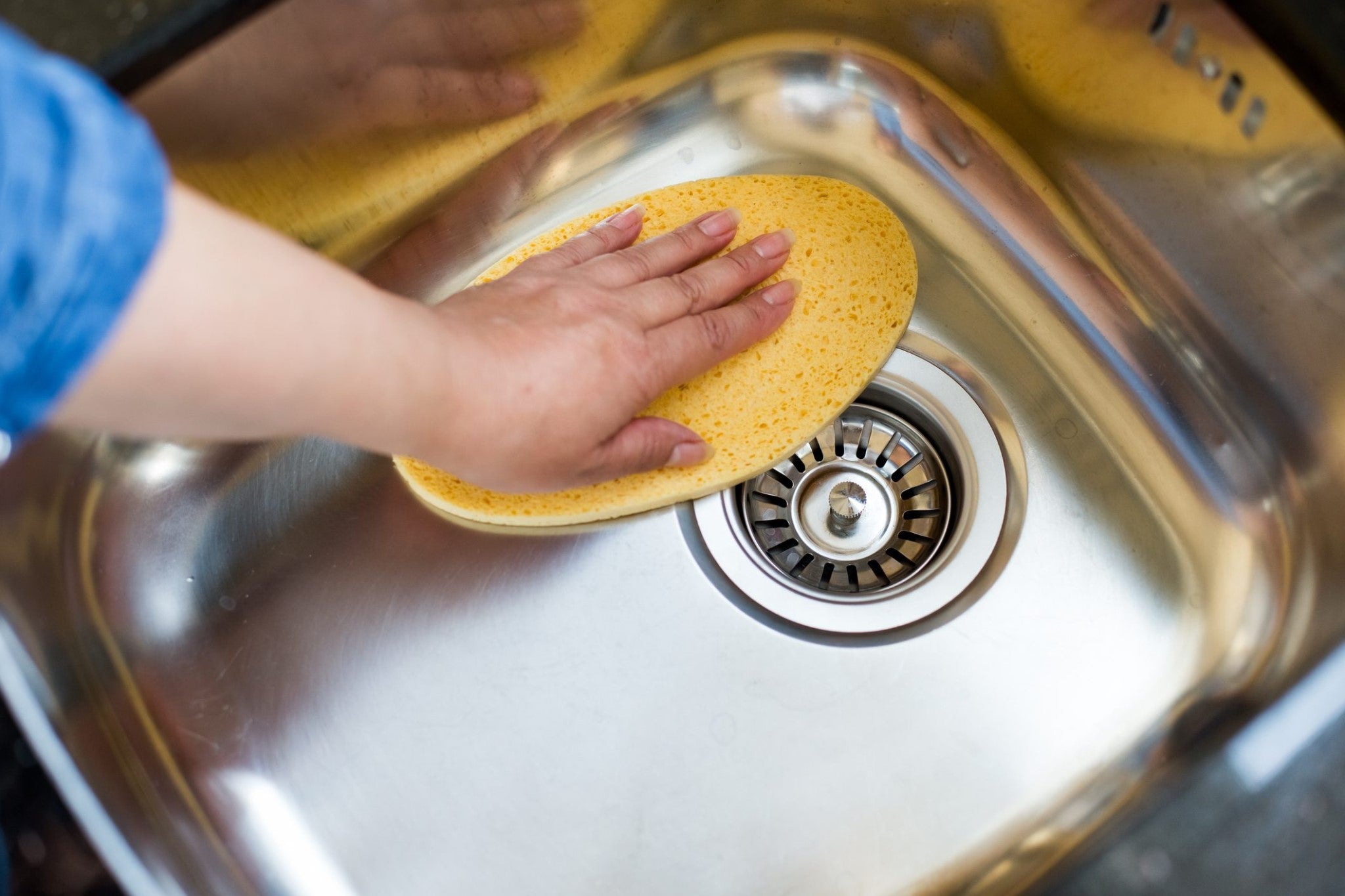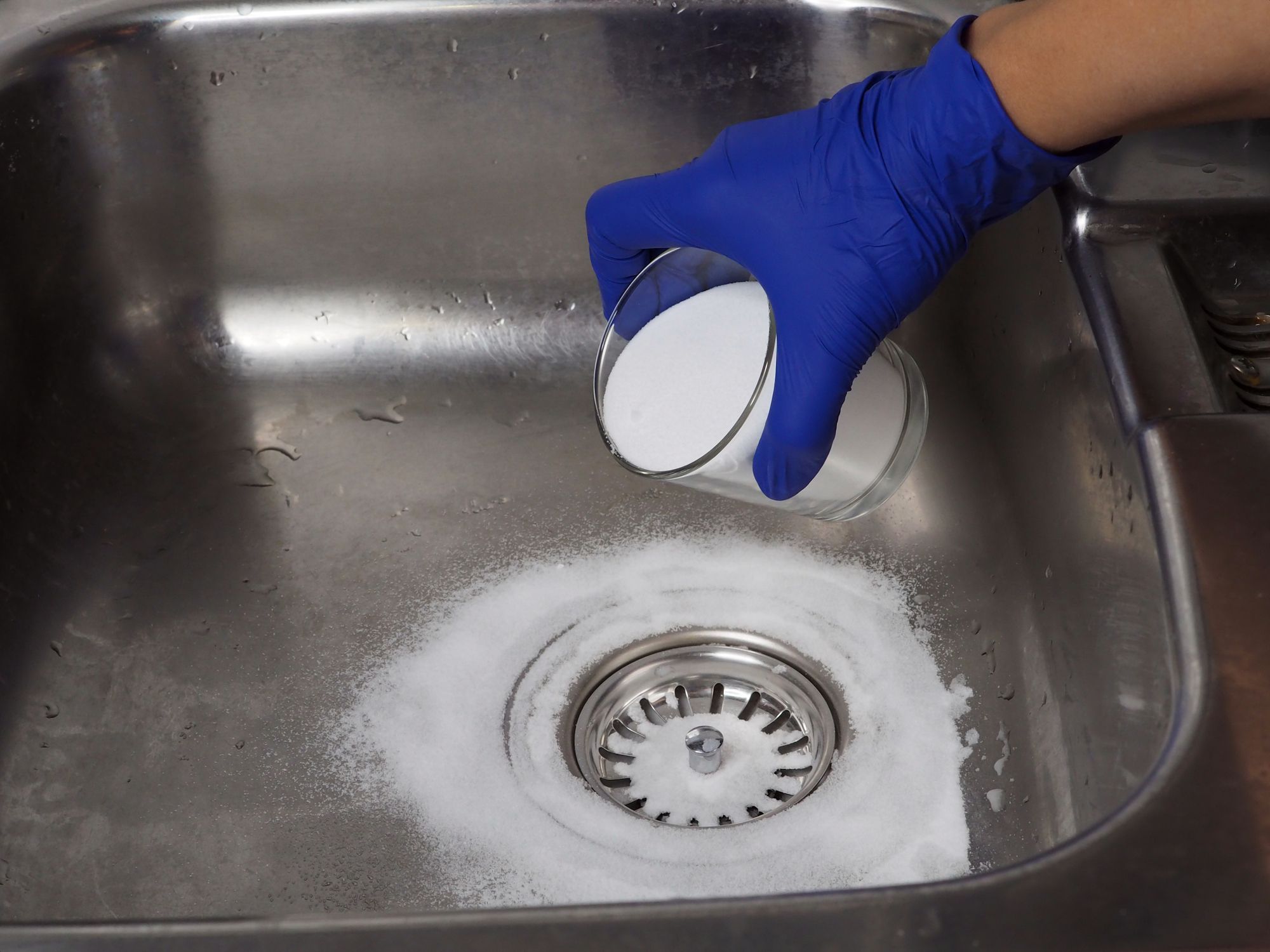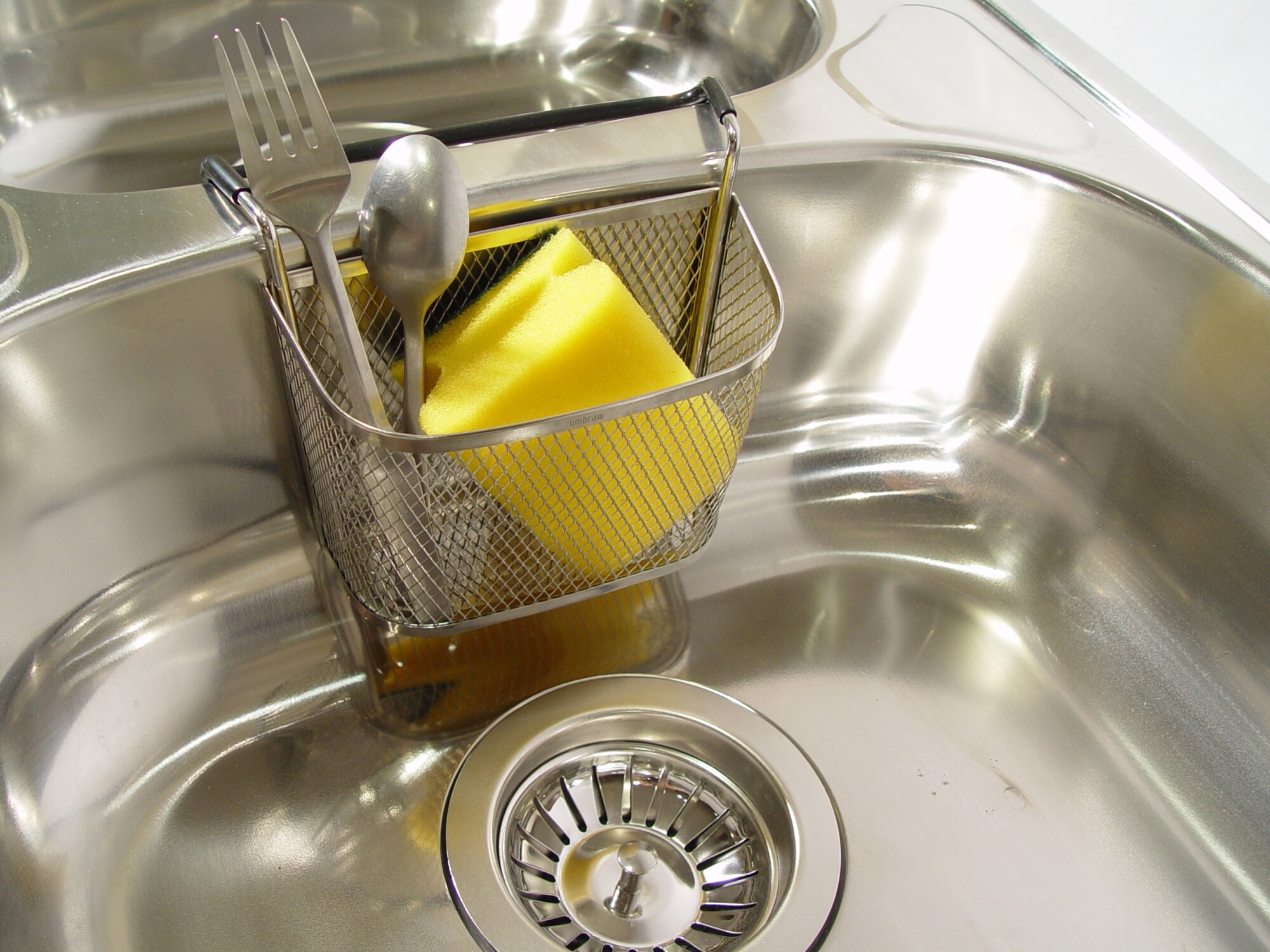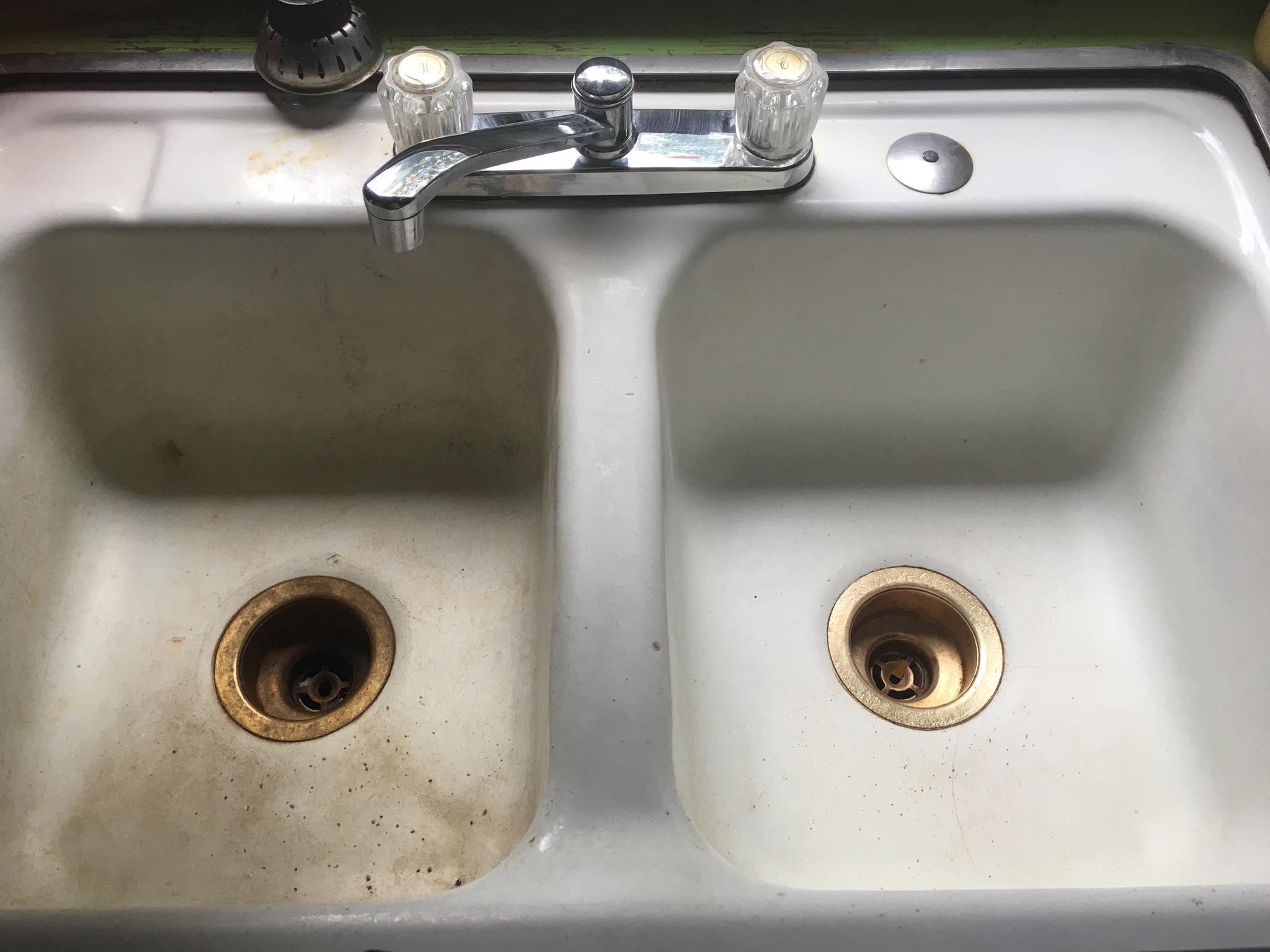Understanding Your Sink Material: The Foundation of Effective Cleaning
The first step towards maintaining a sparkling sink is understanding the material it’s made of. Different materials—such as stainless steel, porcelain, granite composite, and copper—require tailored cleaning approaches to prevent damage and ensure optimal shine. Stainless steel sinks, a common choice for their durability and sleek look, are prone to water spots and fingerprints. Porcelain sinks, known for their timeless charm, can be susceptible to stains and chips. Granite composite sinks, while highly resistant to scratches, need protection against harsh chemicals. Lastly, copper sinks, prized for their antimicrobial properties and patina, require gentle care to preserve their unique finish. By acknowledging your sink’s specific needs, you set the groundwork for effective cleaning practices.

Daily Maintenance: The Key to Long-Term Shine
Daily cleaning habits are crucial in preventing stubborn buildup and maintaining a hygienic sink. Start by rinsing the sink after each use to remove loose debris and food particles. Use a soft sponge or non-abrasive cloth with warm, soapy water for a gentle yet effective clean. Avoid leaving wet sponges or dishcloths in the sink, as this can encourage bacterial growth and leave unsightly rings. Regularly wipe down the faucet and handles to prevent water spots and mineral deposits. Implementing a quick daily routine not only keeps your sink looking fresh but also prevents the need for more strenuous cleaning sessions down the line.
Tackling Tough Stains and Buildup: Targeted Solutions
Despite daily upkeep, stubborn stains and mineral buildup can still occur over time. For stainless steel sinks, a solution of equal parts white vinegar and water effectively removes water spots and light stains. Apply the mixture with a soft cloth, let sit for a few minutes, then rinse and buff dry to prevent watermarks. Porcelain sinks benefit from a paste made of baking soda and a small amount of hydrogen peroxide; apply this gentle abrasive to stains, let it work for an hour, then scrub gently and rinse. Granite composite sinks should be cleaned with a pH-neutral cleaner specifically designed for stone surfaces to avoid damage. As for copper sinks, a mild soap and soft cloth are usually sufficient; for tarnish, a specialized copper cleaner can restore the luster without damaging the patina.

Dealing with Odors: Freshening Up Your Basin
Sinks can sometimes harbor unpleasant odors, especially those with garbage disposals. To combat these smells, start by running cold water and a few ice cubes through the disposal to sharpen the blades and remove debris. Follow this with a cut-up lemon, some salt, and a few mint leaves to freshen the drain naturally. For sink basins without disposals, a cup of baking soda left overnight can absorb odors. Rinse thoroughly the next morning with hot water. Regularly pouring boiling water down the drain also helps dissolve grease and clear blockages that contribute to bad odors.
Deep Cleaning Rituals: Monthly Revitalization
Incorporate a monthly deep cleaning ritual into your sink maintenance routine. This involves a more thorough approach to tackle any accumulated grime or overlooked areas. For stainless steel, use a dedicated stainless steel cleaner to polish the surface and protect against corrosion. Porcelain sinks can benefit from an occasional bleach solution (diluted according to package instructions) to disinfect and whiten. Be cautious not to let bleach sit on the surface for too long, as it can cause discoloration. Granite composite sinks might require a more thorough scrub with a soft-bristled brush and stone-safe cleaner to reach into crevices. Copper sinks can be polished with a specialized copper cleaner and a soft cloth to maintain their sheen.

Preventive Measures: Protecting Your Investment
Prevention is always better than cure. To minimize future cleaning efforts, consider implementing preventive measures. Installing a sink grid can protect the basin from scratches caused by pots and pans. Regular use of sink mats or coasters under heavy objects is another easy way to prevent damage. Using a sink strainer to catch food scraps can significantly reduce the need for frequent drain cleaning. For hard water areas, installing a water softener system can limit mineral buildup. Lastly, applying a thin layer of mineral oil to a dry granite composite or stainless steel sink every few months can help repel water and reduce spotting.
Green Cleaning Alternatives: Eco-Friendly Options
For those seeking environmentally friendly cleaning solutions, there are numerous alternatives to chemical cleaners. White vinegar, baking soda, and lemon juice are pantry staples that double as powerful cleaning agents. Vinegar’s acidity tackles soap scum and hard water stains, while baking soda acts as a gentle abrasive for stuck-on grime. Lemon juice adds a natural bleaching effect to brighten surfaces. Mixing these ingredients in various combinations can cater to different cleaning needs without compromising your commitment to sustainability.

Innovative Uses for Common Household Items: Creative Cleaning Hacks
Embrace creativity in your cleaning routine by utilizing common household items in unconventional ways. Here are a few innovative tricks:
- Newspaper for Shine: Believe it or not, crumpled newspaper can work wonders on glass and mirrors, leaving them streak-free and shiny. Dampen the newspaper slightly and use it to wipe surfaces for a surprising cleaning effect.
- Old Toothbrushes for Detail Work: Repurpose old, clean toothbrushes to scrub tight spaces and crevices in your sink, like around the faucet and drain. The bristles can effectively remove grime where larger brushes can’t reach.
- Coffee Grounds for Scrubbing: Used coffee grounds are a natural abrasive that can help scrub away stains and leave a subtle fresh scent. Mix them with a bit of dish soap to create a paste for tackling stubborn spots on your sink.
- Kettle Steam for Grime Removal: Boil a kettle of water and carefully pour the steam over tough, greasy areas of your sink. The steam will loosen up the dirt, making it easier to wipe away with a cloth or sponge.
- Salt as a Natural Scrubber: Coarse salt can be an effective cleaner for stained or tarnished metal parts of your sink. Sprinkle salt onto a damp cloth or sponge and gently rub to remove marks.

Conclusion: A Sparkling Sink Reflects a Well-Cared-For Home
Achieving a consistently sparkling sink requires a blend of daily maintenance, targeted cleaning strategies, and preventive care. Understanding your sink’s material, adopting a consistent routine, and addressing issues promptly all contribute to maintaining a hygienic and aesthetically pleasing space. Remember, investing time and effort into your sink’s cleanliness not only enhances your kitchen’s appeal but also promotes a healthier home environment. With these comprehensive tips, your sink will indeed sparkle every day, reflecting the love and attention you pour into your living space.


